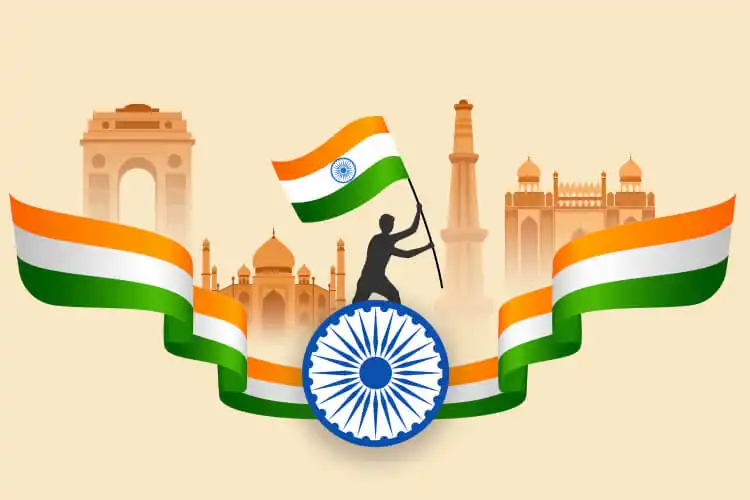Significance and Symbolism of the National Flag of India

Introduction:
Origins and Evolution:
Symbolic Meaning:
Saffron (Kesariya): The saffron color at the top of the flag symbolizes courage, sacrifice, and renunciation. It represents the spirit of valor and selflessness that has characterized India's struggle for independence and its commitment to upholding the principles of justice, equality, and freedom.
White (Shwet): The white color in the middle of the flag signifies peace, truth, and purity. It embodies the aspirations of the Indian people for harmony, unity, and integrity, transcending differences of caste, creed, language, and religion to forge a cohesive and inclusive nation.
Green (Hara): The green color at the bottom of the flag represents prosperity, fertility, and growth. It reflects India's agricultural wealth, natural bounty, and environmental heritage, highlighting the importance of sustainable development, environmental stewardship, and economic progress.
Ashoka Chakra: The Ashoka Chakra, a 24-spoke wheel in navy blue, is the centerpiece of the flag, symbolizing the eternal wheel of law and righteousness. It embodies the ideals of justice, dharma, and progress, reflecting India's commitment to upholding democratic values, human rights, and social justice.
Significance and Unity:
Conclusion: In conclusion, the National Flag of India is more than a mere piece of cloth; it is a sacred emblem that embodies the aspirations, values, and spirit of the Indian nation. With its vibrant colors and timeless symbolism, the tricolor flag serves as a beacon of hope, unity, and progress for generations to come. As we unfurl the flag with pride and reverence, let us reaffirm our commitment to building a strong, inclusive, and prosperous India, guided by the principles of truth, justice, and fraternity. Jai Hind!
Thank you,